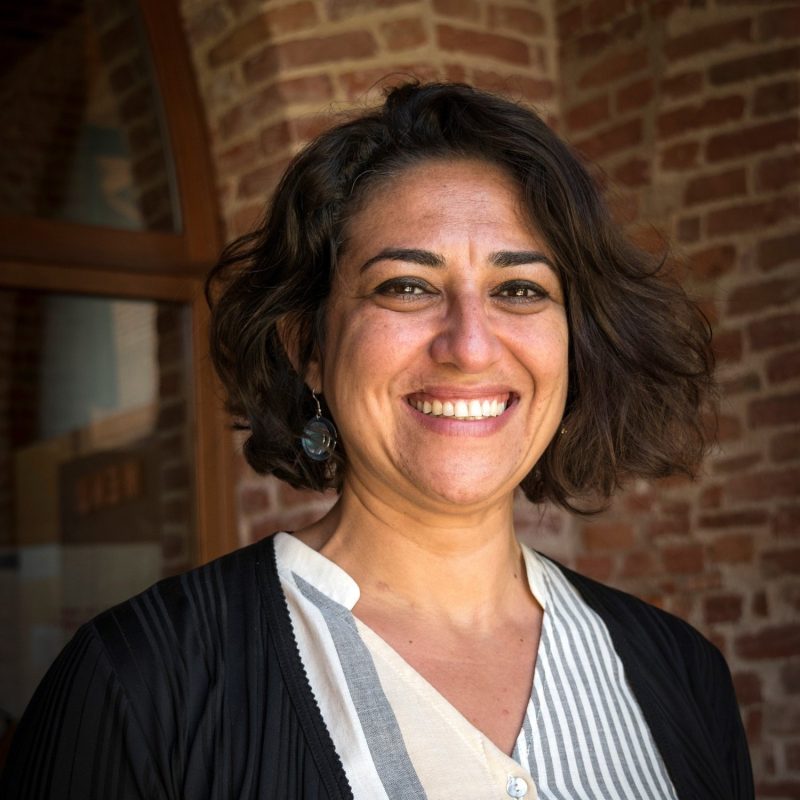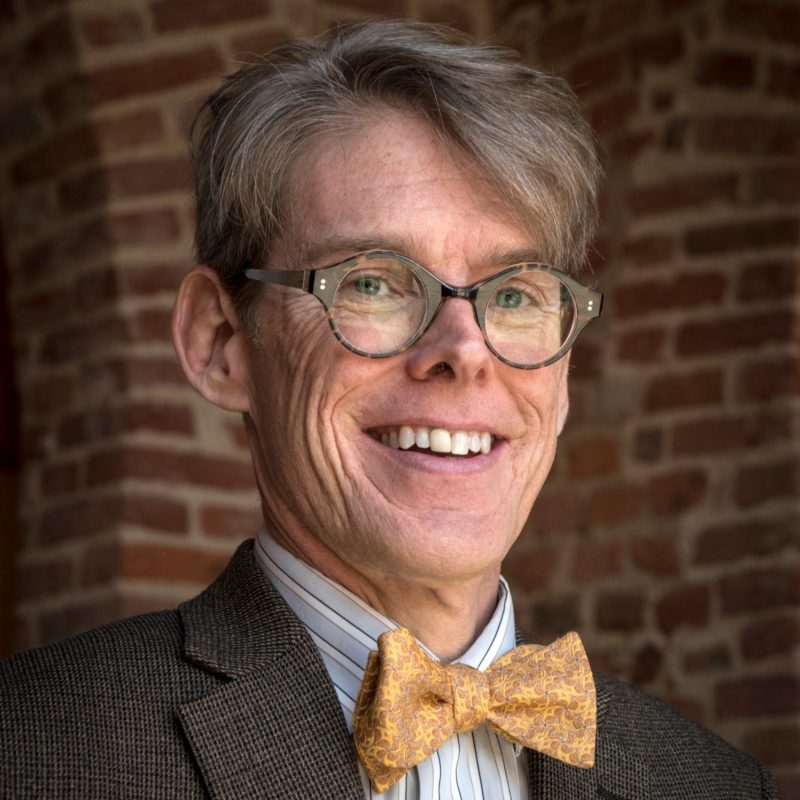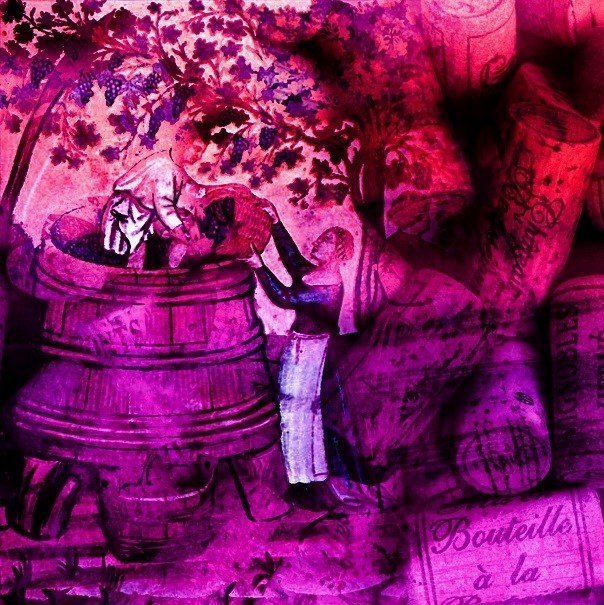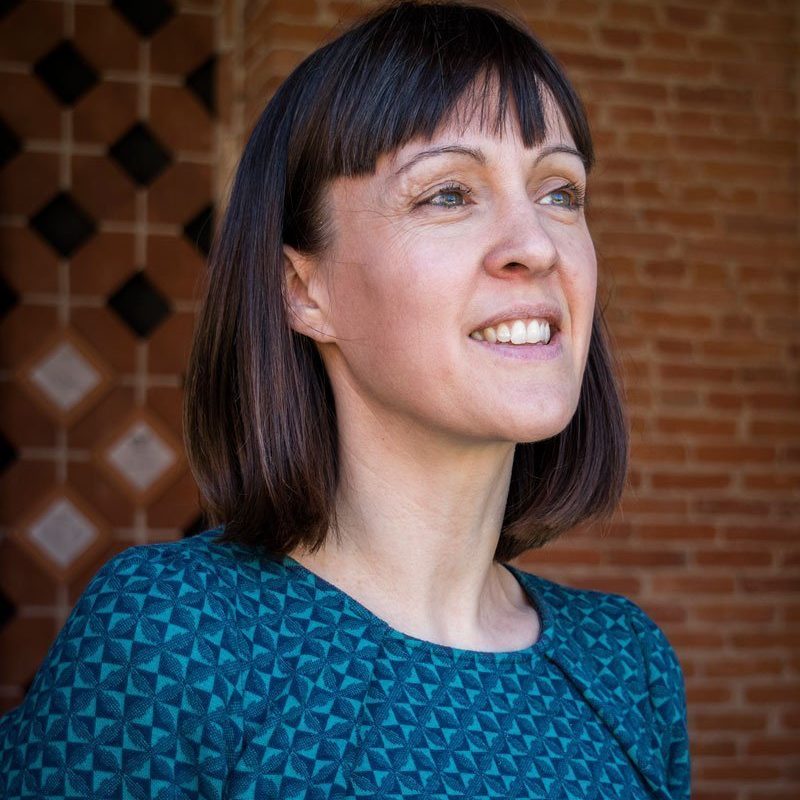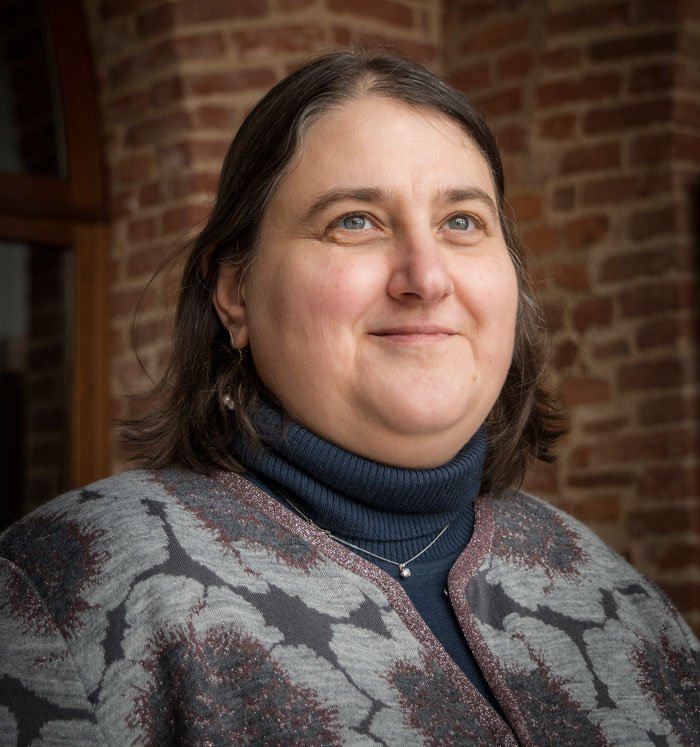A chat with international visiting professors at UNISG…
Stanley Ulijaszek is Director of the Unit for Biocultural Variation and Obesity (www.oxfordobesity.org), and Institute of Social and Cultural Anthropology, University of Oxford. His interests are in evolutionary, biocultural and life history approaches to nutritional health, including undernutrition and obesity. He has carried out research in India, Nepal, Sarawak, Bangladesh, Papua New Guinea, the Cook Islands, Poland and Australia. At the University of Gastronomic Sciences he lectures Food Nutrition in Public Health in the Master of Gastronomy: Food in the World – Food Cultures and Mobility. The course shows how diet, nutrition and disease are linked both through past evolutionary and historical processes, and in contemporary human ecology.
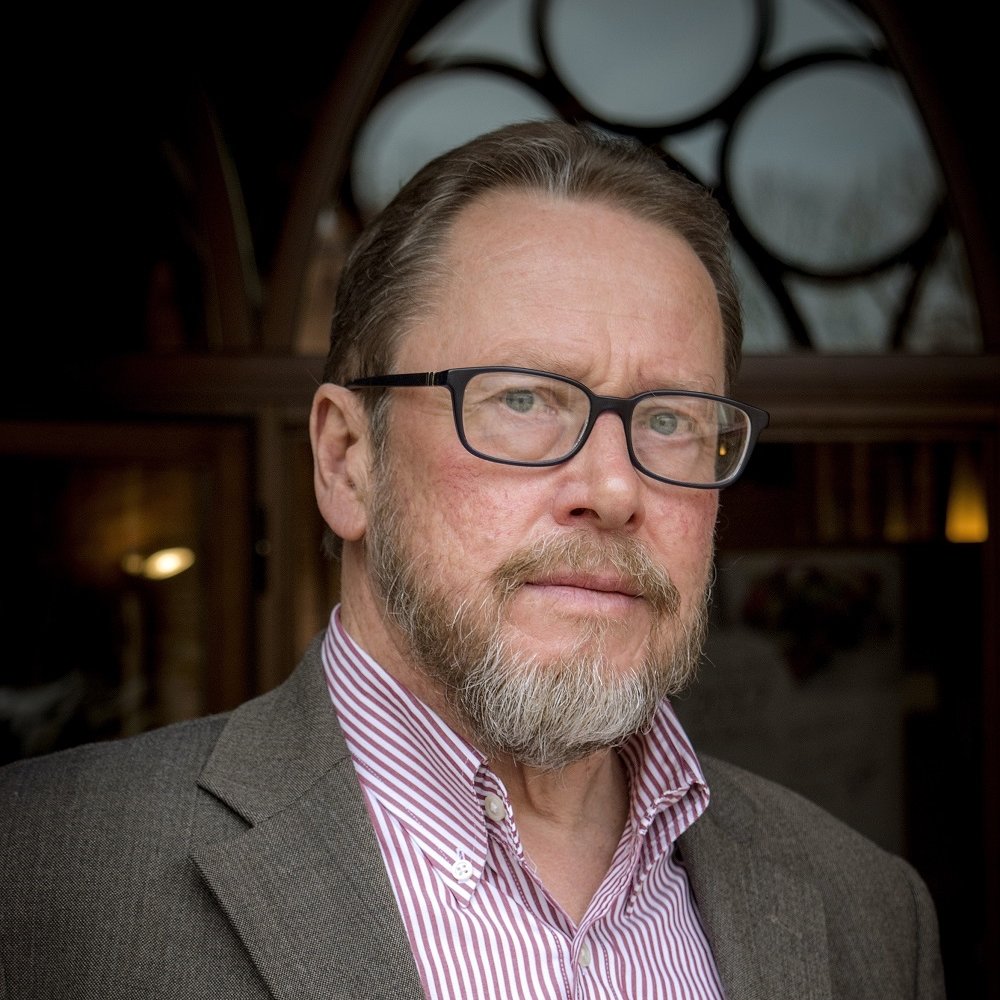
What do you bring to our students in Pollenzo?
I bring a very structural approach to food nutrition and public health. I’m someone who is trained in biochemistry and nutrition, now working in an anthropology department: so my interests are nutritional ecology, how is diet and nutrition are constructed through social structures. This can be good and can be bad, how people construct their food systems, whether they are local or more general. I take a biocultural approach to food and nutrition, that is I’m interested in the social, cultural and political factors that influence nutritional health, whether that is good or poor (especially in relation to undernutrition and obesity). I hope I give the students here some understanding of how so many different things that are related in ecology help produce nutritional health. I think that somebody working in gastronomy needs to have knowledge of food, from root to branch, from bottom to top. And that there is so much more to food than soil, the land, production, consumption, nutrition and technology, that there are also social structures and political and environmental factors that work together in structuring food in any society. What I do is hopefully helpful in expanding the understanding of food in social, cultural, political and economic ways, and in developing a critical view of some of the good things that are happening with respect to food systems, locally, regionally and internationally.
What is a gastronome in your opinion?
The gastronome is somebody who has a comprehensive and integrated understanding of food and its appreciation, and is able to articulate the importance of food at the individual family and society level. Gastronomics is a very important aspect of life, especially in societies now where so much of food is reduced to fuel energy. Gastronomics brings a very important knowledge of how food connects people within and between societies. I think a gastronome can improve society through food, because food is so powerful and important in all societies.
How do you see the University of Gastronomic Sciences in the food studies international landscape?
The University of Gastronomic Sciences is the only place that I know where food studies are truly integrated. This University exposes the students to a wide range of experiences both nationally in Italy and internationally. It trains people to use all of their senses in understanding food and increases students’ awareness of how food is produced, processed, and consumed, well beyond food technology. And this is the difference. These are not food sciences students, but people who are able to apply food science, among other things, to the appreciation and understanding of food in its widest possible context.
How do you see the future of gastronomy? What will you imagine in the next 10 years?
I hope the world is improving. I am very encouraged that younger people are generally very positive; this is a wonderful thing. I think the world is also increasing in complexity so it is very difficult to see whether there is any one specific thing that will change the food landscape into the future. Increasing complexity on the one hand stabilizes the world and on the other hand makes the world less stable. What I can see, however, is the battle of the big versus the small. There are big producers and small producers, big consuming populations and there are small local communities. As the world is globalizing, everything is getting more connected, more globalized and we have seen the triumph of the large corporations. But now we can see that smallness is fighting back, and we have to thank the Slow Food movement and the University for maintaining some of the things that could have been lost in terms of food diversity. The battle of the big versus the small will continue. This is not just about big producers versus small producers, but about changing technologies and their control. There is a set of conflicts in the food arena, and it is difficult to me to see where it might go, given that we are in the middle of these conflicts at the moment.
Can you tell us one of your memorable experiences in the field?
Many years ago I was in Papua New Guinea working on the nutritional ecology of a local community and documenting how they used their dietary environment. In particular, I was looking how they were using a particular starch from palm, sago (sago starch comes from a species of palm of the genus Metroxylon, native to tropical southeastern Asia). It is a tree and in Papua New Guinea people cut down the tree and process the starch from the fiber in it.
I was examining the idea that the population suffered from protein shortage, and found that it wasn’t true. People used the sago and then around the sago tree the unprocessed starch remaining attracted wild pigs (which people hunted), and insects and worms (which they collected). I wanted to understand what these insects and worms were and I collected some to take back to the Museum in Port Moresby (the capital of Papua New Guinea). People brought a wide variety of insects and worms, and I put samples of them in small plastic bags, and labelled them with their local names. At the end of the process they said “You have to try the ones remaining now”. I said “OK”. Then they gave me a huge beetle, about 7 cm long, a rhinoceros beetle with big horns. They cooked it on the fire and gave it to me. I was the only one eating this. So I started to eat it, crunching and crunching through the shell, swallowing hard, everyone was watching me and nodding their heads. Then at the end when I had finished it and swallowed everything, one old man said ” We actually just take the abdomen off and suck what’s inside it”. They were having a joke – and I discovered their wicked sense of humour!
by Alessandra Abbona, UNISG Communication Office

